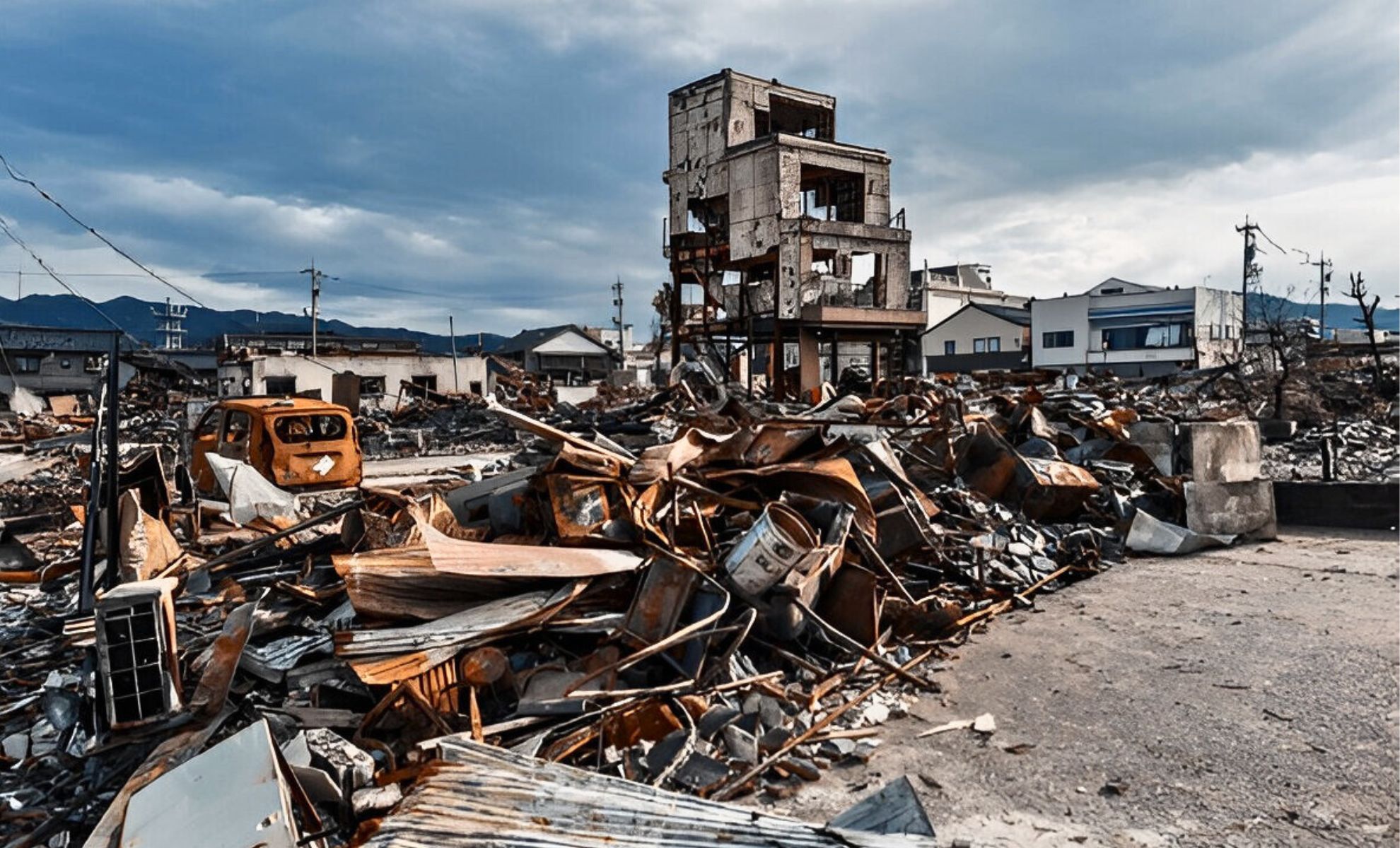A Japanese manga artist’s eerie prediction of a natural disaster has caused growing concern and a wave of canceled trips to Japan ahead of a forecasted event on July 5, 2025. Ryo Tatsuki, known for her manga The Future I Saw, gained attention for seemingly foretelling the devastating 2011 Tohoku earthquake and tsunami. Her latest warning has unsettled tourists, particularly from East Asia, sparking a real impact on Japan’s tourism industry.
A Manga That Foresaw the 2011 Earthquake
Ryo Tatsuki first published The Future I Saw in 1999, a comic that blends fiction with dreams she claims reveal future events. One striking vision was a “massive disaster in March, 2011,” which coincided with the 9.0-magnitude earthquake that struck Japan’s northeastern Tohoku region. That quake triggered a tsunami that killed nearly 16,000 people and caused the Fukushima Daiichi nuclear accident, the worst nuclear disaster since Chernobyl.
This apparent foresight brought Tatsuki notoriety in Japan and across East Asia. The manga has sold around 900,000 copies in Japan, China, and Thailand, and a “complete version” was released in 2021 with new predictions. Among these, Tatsuki warns that on July 5, 2025, a fissure will open beneath the seabed between Japan and the Philippines, causing massive tsunami waves three times the height of those in 2011, reports CNN.
Growing Anxiety Hits Tourism
The fear stirred by Tatsuki’s prediction is amplified by others, including Qi Xian Yu, a well-known feng shui master in Hong Kong, who urged people to avoid traveling to Japan starting in April. CN Yuen, managing director of Hong Kong-based travel agency WWPKG, told CNN that bookings to Japan fell by half during the Easter holidays and could continue declining over the next two months.
These cancellations mostly come from travelers in China, Hong Kong, Thailand, and Vietnam, where social media is flooded with warnings and videos cautioning against trips to Japan. The impact worries local authorities, especially in Miyagi Prefecture, one of the hardest-hit areas during the 2011 quake. Governor Yoshihiro Murai said, “I believe it is a serious issue when the spread of highly unscientific rumors on social media had an effect on tourism.”


A Call for Measured Response
Despite these fears, many visitors remain undeterred. Samantha Tang, a yoga teacher from Hong Kong who usually visits Japan annually, postponed her August trip to Wakayama after hearing about the earthquake predictions. Similarly, Oscar Chu, another frequent traveler to Japan from Hong Kong, chose to avoid traveling this year due to concerns about the disruption a quake could cause.
However, others like Vic Shing from Hong Kong have kept their travel plans. Shing said, “Earthquake predictions have never been accurate,” adding that Japan’s disaster management is strong, given its history with massive earthquakes.
Japanese seismologists continue to stress that precise earthquake prediction is currently impossible. Japan’s location on the Pacific Ring of Fire makes seismic activity frequent and expected, but no one can say exactly when or where a major quake will strike. The government has also sought to calm public anxiety, with the Cabinet Office explaining on social media platform X that modern technology cannot predict earthquakes accurately.
Tatsuki herself responded to questions about the canceled trips, telling the Mainichi Shimbun newspaper that she views the increased attention to her manga “very positively” because it raises disaster preparedness awareness. She added, “I think it is important not to be overly swayed by my dreams and to act appropriately based on expert opinions.”




